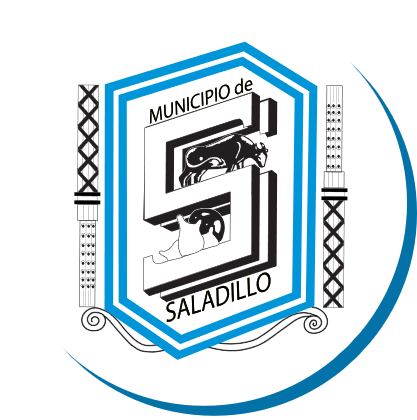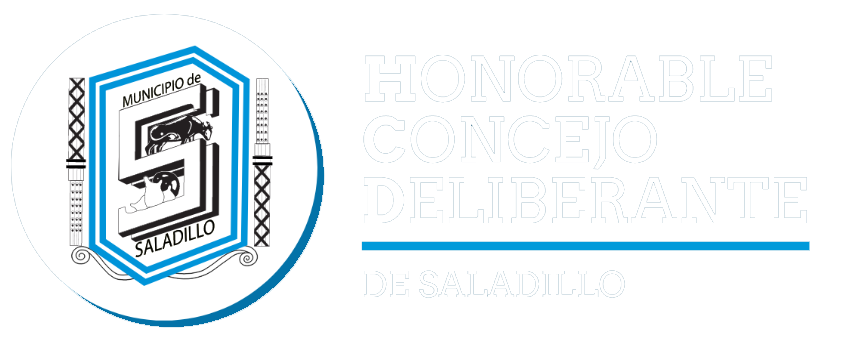Raster photographs can easily be displayed across varied digital platforms and devices. This consists of web sites, since formats like .jpeg and .png are widespread and universally supported. With software difference between raster and vector graphics like Adobe Illustrator and Corel Draw, you can create and manipulate vector graphics. For summary graphics, logos, designs requiring scaling, opt for vectors. Their computationally derived coordinates will reshape infinitely without compromising integrity. Sutherland created an progressive graphical interface the place strains drawn by the person encoded mathematical coordinate data, properties like lengths and angles.
These paths are scalable, which means they preserve their high quality no matter the size. Resolution applies to each raster and vector pictures, nevertheless it works in another way. High-resolution raster photographs have extra pixels for sharper details, but zooming in too far makes them blurry. High-resolution vector pictures could be scaled infinitely without shedding high quality.
Vector Vs Raster: Key Differences & Best Makes Use Of Explained
The major distinction between vector and raster graphics is that raster graphics are composed of pixels, whereas vector graphics are composed of paths. A raster graphic, corresponding to a gif or jpeg, is an array of pixels of assorted colors, which together form an image. Raster graphics, also called bitmap pictures, are composed of pixels—tiny squares of colour organized in a grid. Every pixel accommodates specific colour info, meaning that raster photographs have a hard and fast resolution. If you enlarge a raster picture too much, it turns into pixelated and blurry because the pixels stretch past their original measurement.
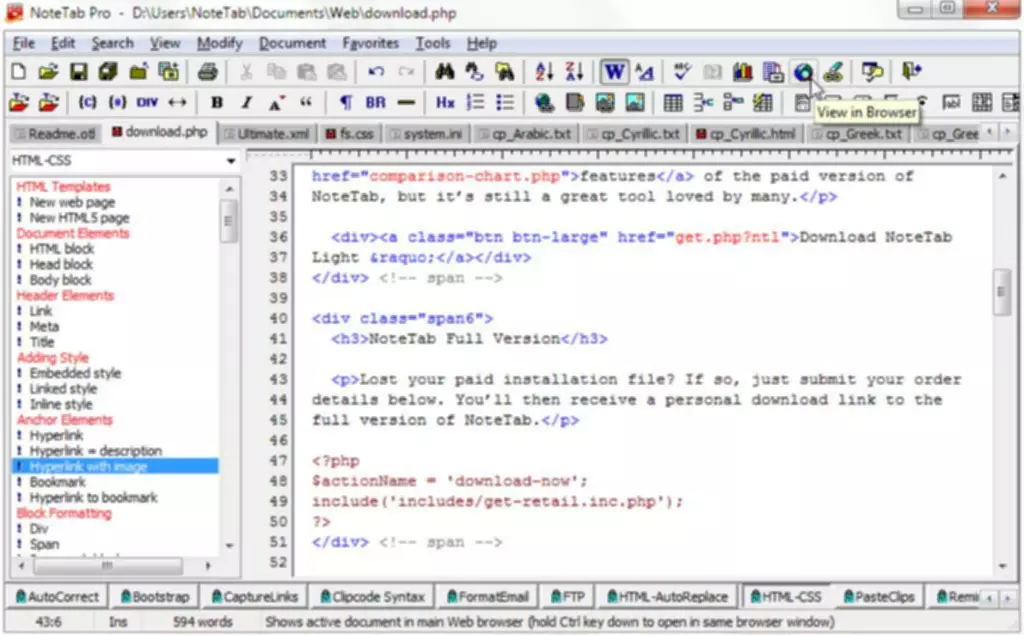
General, whenever you need an image format that excels at capturing intricate particulars, realistic colors, and photographic quality, raster photographs are the finest way to go. Both have their very own strengths and weaknesses, and figuring out when to make use of every can make a big distinction in your design work. You can open raster recordsdata in many different apps and internet browsers, making them easy https://deveducation.com/ to view, edit, and share. Vector information aren’t as accessible — many vector file varieties require specialised software program to open and edit the information.
Key Differences Between Raster And Vector Photographs
Raster graphics, also referred to as bitmap graphics, encompass pixel-based pictures. Each picture consists of millions of tiny squares, colloquially known as pixels. Raster graphics, or bitmap photographs, comprise a grid of individual pixels. Raster graphics are widely utilized in images, digital art, and net design as a result of their ability to display intricate details and color gradients. Vector graphics are highly effective, but they aren’t the right alternative for every state of affairs. Their major limitation is a lack of shade depth and element wanted for advanced photographs.
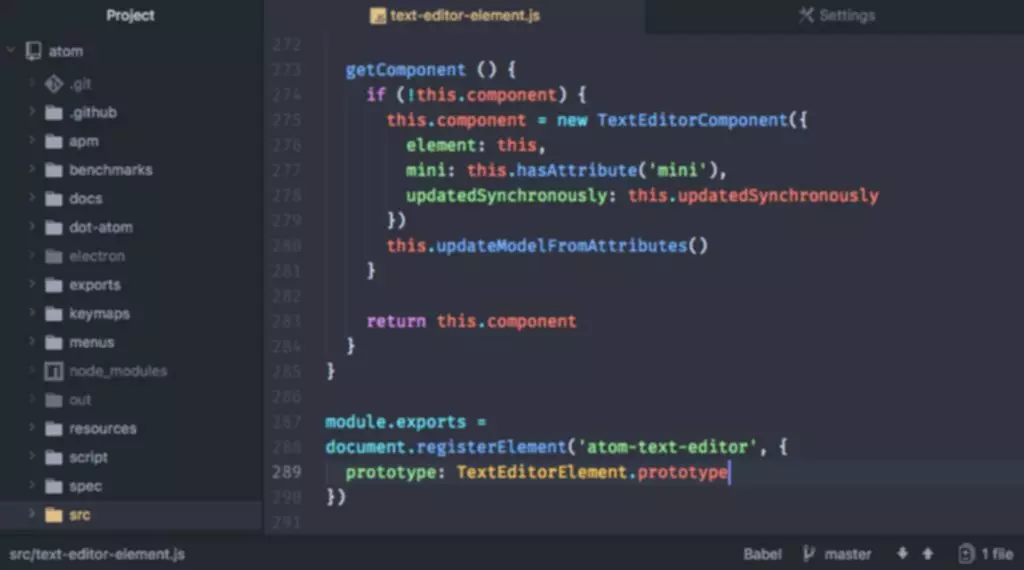
The Magic Of Scalability: The Biggest Advantage
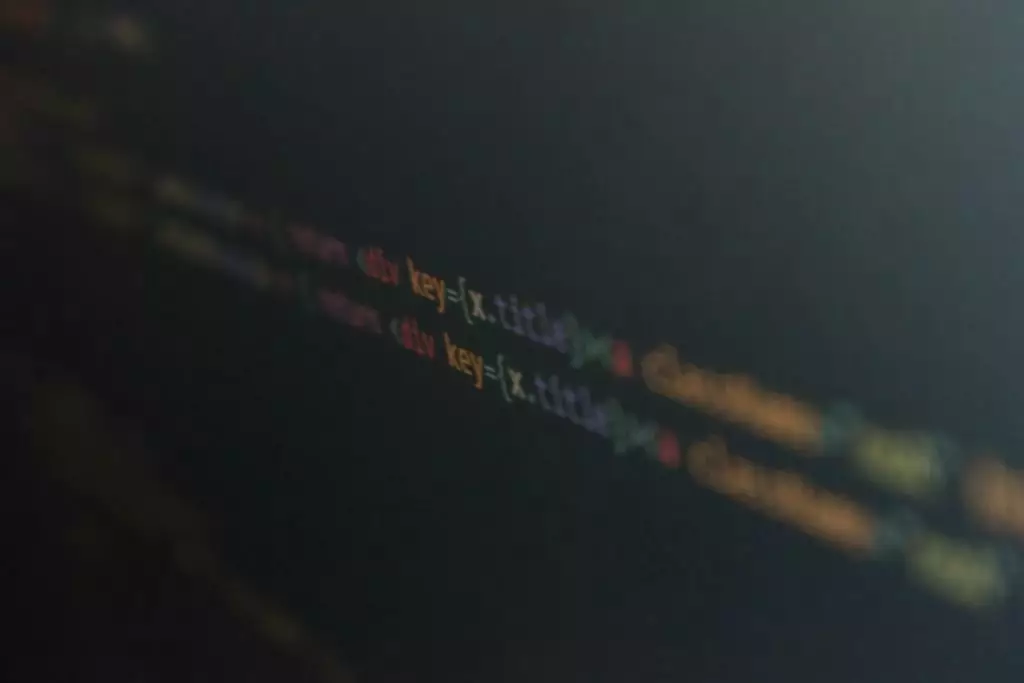
In the burgeoning digital media landscape, understanding the difference between vector vs. raster graphics is essential. These two forms of pictures are utilized everywhere from internet design, digital advertising, and graphic design to pictures and tv. In this in-depth function, we’ll delve into the intricacies of those two types to help you perceive the best application for every. While Photoshop excels as a photograph editor and graphic design program, Illustrator focuses on creating scalable vector graphics, logos, and design parts. You can open raster recordsdata in Illustrator and use the Picture Trace software to turn the image into a vector.
The selfie that you simply click on with your mobile phone is one other instance of a raster image. An picture is made up using a group of pixels known as a bitmap. Vector files are rather more light-weight than raster recordsdata, containing solely the mathematical formulation that determine the design.
This breakdown shows that when photographic essence issues, raster delivers. But for renderings requiring excessive precision, fluidity and dynamism, embrace vector. Vectors shine for his or her seamless mathematical scaling and editability since image knowledge remains fluid and computationally derived as they develop and morph.
- For capturing photographic imagery or video content, leverage raster graphics.
- Similarly, vector drawings might get rasterized for web use or printing.
- This flexibility ensures high-quality leads to each digital and print media.
Understanding the difference between vector and raster graphics is essential for anyone involved in graphic design, pictures, or digital media. These are only a few examples, and there are many other raster image formats out there, each with its personal traits. When selecting a format, consider components like picture high quality wants, file measurement limitations, and desired features like transparency or animation. Vector recordsdata work higher for digital illustrations, complicated graphics, and logos.
A vector picture may be described as a collection of points linked by strains or curves to kind a whole picture. Due to their mathematical basis, vector photographs retain their sharpness and readability at any measurement or decision. This quality makes them best for firm logos, typography, and graphic design.
Raster graphics turn out to be “blocky” and “pixelated” if they’re enlarged past their highest resolution. However, vector graphics maintain the clarity and sharpness no matter how a lot you enlarge them, because they’re mathematically described. Whereas raster digitized pictures and video, vector graphics brought new levels of scalability and geometry. It was Ivan Sutherland’s 1963 Sketchpad PhD thesis that kickstarted vectors. Making use of sequential commands or mathematical statements or programs which place strains or shapes in a 2-D or 3-D environment is known as Vector Graphics. Vector graphics are best for printing since it’s composed of a series of mathematical curves.
For skilled digital printing, or complicated artwork with embedded components, EPS might be preferred. You can resize, rescale, and reshape vectors infinitely with out shedding any picture high quality. Vector recordsdata are in style for photographs that want to seem in all kinds of sizes, like a emblem that should fit on both a enterprise card and a billboard. Raster information are images built from pixels — tiny colour squares that, in great quantity, can type extremely detailed photographs similar to images. The more pixels an image has, the upper quality will probably be, and vice versa.
This concept was later tailored for radar displays, oscilloscopes and helicescopes. It was German engineer Rudolf Hell who pioneered digital raster graphics for printers in the Sixties. His breakthrough Hellschreiber process used a matrix of pixels to replicate photographs.
